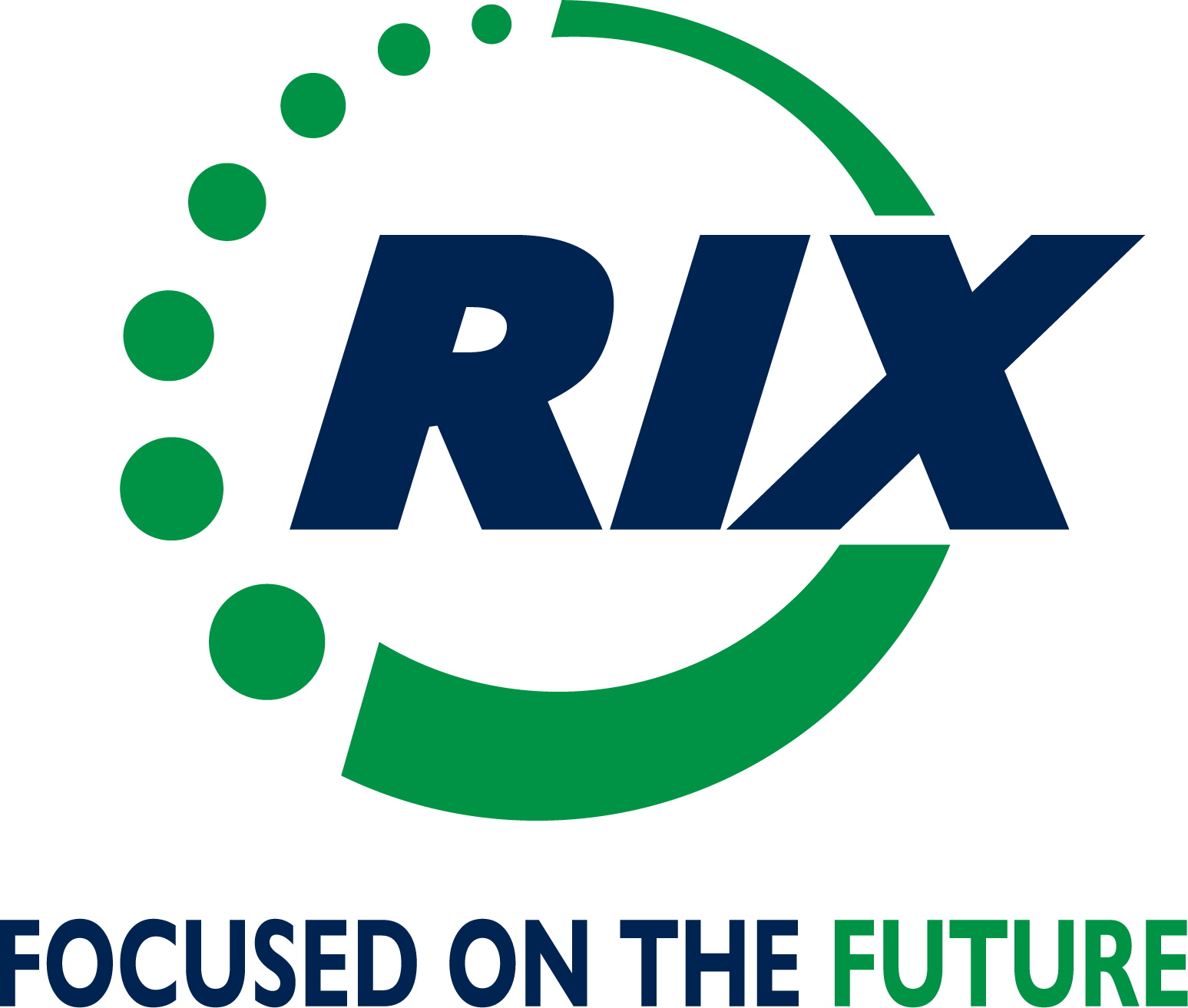RIX Industries Flow Downs
Prime Coded Note:
S082
Revision:
12/15/2008
Description:
MATERIAL SUBSTITUTION PROHIBITION
Clause:
"A. Unauthorized Material Substitution (General) Unauthorized material substitutions are not permitted on Buyer’s Goods. Unauthorized material substitution includes any deviation from the engineering definition of a raw material. Engineering definition includes Buyer design drawing and applicable specifications, product specification, form, size, shape, chemistry, melt method, origin, temper/condition, product testing or surface finish. Alternate materials specified in the engineering definition (and often described as approved material substitutions therein) do not constitute unauthorized material substitution. Terms and definitions for metallic materials and processing used herein are clarified in ARP1917. Contact Buyer’s Authorized Procurement Representative for details regarding deviations to authorized materials. Seller agrees and understands that such deviations only apply to this purchase contract, and only as indicated in the Buyer’s authorized document. B. Metallic Materials (Specific) Temper or Condition Conversion - Unless specifically authorized by the engineering definition, conversion of a raw material (i.e. heat treat to change the temper or condition of the material) constitutes material substitution of the condition provided by the manufacturer. Metallic Raw Materials – Buyer’s engineering drawings may refer to obsolete or superseded specifications covering several forms, thicknesses, widths, etc. of the alloy or alloys. The required characteristics of these materials are defined not only by the objective test standards of the specification, but by the processes/methods by which this final form is achieved. These requirements are often captured in the definitions of the required material forms, and may not be explicitly called out in the detailed requirements. The raw material certification results from both the process used to make it and the tests to verify basic properties. Seller shall ensure that metallic materials covered by current or obsolete/superseded specifications are produced using the standard industry practices designed strictly for the production of stock to the specified thickness, diameter, width or cross sectional area, achieved by thermomechanical processing or casting process. Chemical, electrochemical and mechanical methods used for the removal of surface scale or contamination, or the production of the required surface finish, in accordance with the material specification are acceptable. Raw material must not be re-certified with respect to thickness, diameter, width or cross sectional area or product form. Machining or cutting of thicker product or other product forms shall not be supplied in lieu of specified product unless specifically authorized by Buyer. Raw material certifications for material or parts shall reflect the form and size of the raw material as originally manufactured by the raw material producer. C. Specification Supersession: For government specifications and standards canceled after June 1994, Seller and subcontractors at all tiers shall use the last active revision of the canceled specification and standard until an acceptable replacement is included in the requirements of this Contract. Contact the Buyer’s Authorized Procurement Representative in the event of any inconsistency in applicable specification or standard. D. Reports (Full Pedigree from melt to final product) - Raw material certifications shall show clear traceability to the manufacturer(s) of the raw material including ingot source, all thermo-mechanical processing (i.e. forging, rolling, drawing, etc), heat treatment, chemical processing and inspections as required by applicable raw material specification requirements. E. Chain of Custody (Disguising intermediate ownership) – Suppliers shall not disguise the pedigree of material or chain of ownership by removal of a previous supplier’s name, nomenclature or identification. F. Source of Additional Information - Addition information and guidance may be f
